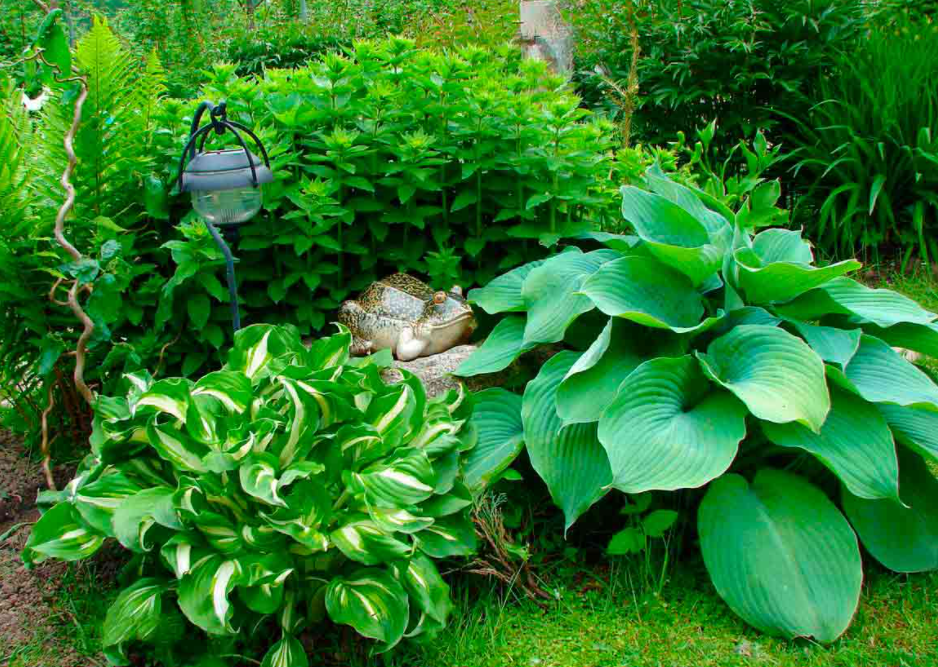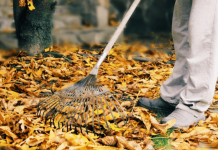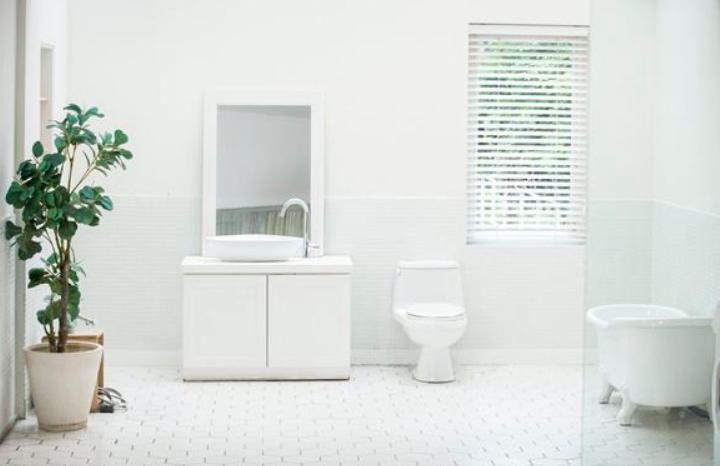Hosta, Hosta Undulata
The Hosta is a beautiful, shade-tolerant plant with waxy green leaves and a variety of foliage colors. Although Hostas are traditionally grown in gardens, with the right growing conditions in containers, they can make wonderful indoor plants. Many Hostas vary in leaf color and texture. For example, the ‘Undulata’ variety is green with a mottled white midrib.
A perennial herbaceous plant such as the Hosta, or Fungia, is directly related to the asparagus family, but not so long ago it was a member of the lily family. This genus includes about 40 different plant species. Under natural conditions the Hosta can be found in the southwest of the Far East, on the Kuril Islands, in East Asia (China, Korea and Japan) and on Sakhalin. These plants simply adore moisture, so they prefer to grow on the banks of rivers and along streams, on forest edges, on mountain slopes and so on. In Japan, this plant is considered sacred, and the Japanese enjoy eating the leaf petioles as a delicacy. The plant became very popular and was soon cultivated on all continents.
Effectively creating flowering plants shade, enhancing or softening their coloring, foliage and ornamental plants bring harmony to floral compositions. Among these plants the most popular are perennials – Hostas.
Fungia, Hosta June

Many Hostas appreciate their leaf color and texture. For example, ‘Undulata’ has green leaves with a mottled white midrib and ‘June’ has blue-green leaves. Container-grown Hostas can be especially good in floral arrangements.
A wide variety is available, making their combination aesthetically pleasing. However, these plants require care and maintenance. It grows well in shade, requires lots of water and is vulnerable to slugs, snails and even viruses. (Though indoors that’s not a problem either!)
As indoor plants, they are best used annually in the summer – all varieties of Hosta have a dormant period in the winter. But gardeners looking for a temporary beautiful houseplant can rarely achieve more variety, charm and harmony than a Hosta.
Growing conditions for Hostas

- Light: Hostas are shade-loving plants, and all varieties require shade. But look at the different types of lighting. Some Hostas grow best in shade, while others prefer daylight.
- Water: This plant needs plenty of water, especially when growing in containers. Always avoid dehydration and water frequently, especially on hot days. However, make sure the drainage is normal. Grows well when wet, but grows well when undrained.
- Temperature: Container-grown Hostas will grow well at home temperatures and do well in moderate to mild heat.
- Soil: A well-drained commercial soil mixture is suitable for Hosta grown in containers.
- Fertilizer: Use a slow-release fertilizer early in the growing season. Container-grown Hostas need a little more fertilizer because they lose nutrients with frequent watering.
Breeding Hostas

Hostas can be propagated by seeds or cuttings. Most florists grow Hostas from seeds in containers. Hostas can also be propagated by dividing in early spring or early fall. Cut off some of the roots of the mature plant, shake off the old soil, and transplant to the depth where it was originally.
Container Hostas may need to be transplanted early in the growing season, but because they are temporary plants due to winter dormancy, it is usually not necessary.
Advantages of growing Hostas

One of the biggest benefits of growing Hostas in containers is the variety of plants. There are many species of Hosta with flowers ranging from green, yellow to blue, bell-shaped or tubular. They also vary in the variety of leaves and plant size. There are hundreds of different varieties of Hostas in almost every shape and color imaginable, and gardeners are constantly breeding new types of Hostas. These specialized Hosta species can usually be found in garden catalogs or nurseries. Do a little research and find out which variety is right for you.
Container Hostas, Tips for growing container Hostas

Container Hostas should be kept in shade and in rich, well-drained soil. They usually tolerate more light in the spring while temperatures are still hot. They also need frequent watering. In general, growing Hostas requires special attention from users.
Plants go into winter dormancy and awaken in the spring, so you need to be especially careful about pests – even indoors – snails love it.
Container Hostas are usually temporary plants, but they can make wonderful, artistic indoor plants during the summer months. Explore different varieties and combine them accordingly to create a beautiful composition of container Hostas.
At about 10 years of age, the Hosta will look beautiful and will not lose its virtues. On the contrary, with each year it will form larger leaves and take on the shape typical of the variety.
There is no need to divide the Hosta – you just won’t see the beauty of the Hosta you planted.






